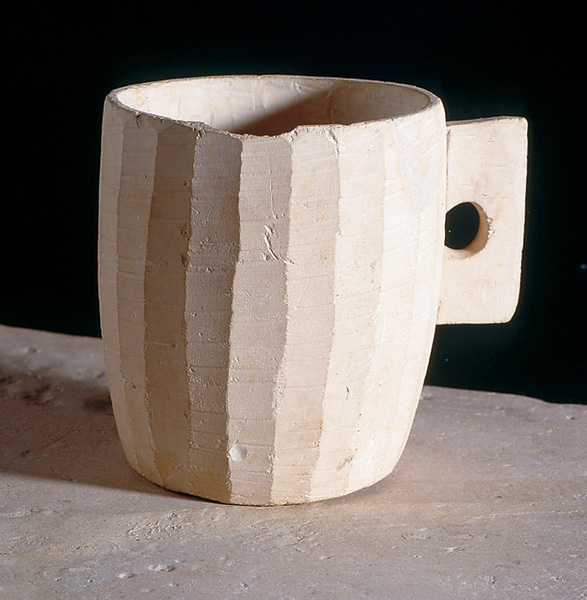Image Details

Israel Museum, Jerusalem
The real Holy Grail was certainly not the jeweled or gilded chalice described in the knightly legends. It might have been made of glass or wood (in which case there is virtually no chance it could have survived for two millennia), or it may have looked like this mug-shaped drinking vessel from Jerusalem. Carved from white chalk (soft limestone), this type of cup was extremely common throughout Israel from the mid-first century B.C.E. to the Roman destruction of Jerusalem in 70 C.E. It was a period when ritual purity was particularly important for Jews of all social classes; according to Jewish law, stone was not subject to impurity like glass or ceramics, so vessels made of chalk could be continually reused rather than destroyed.
